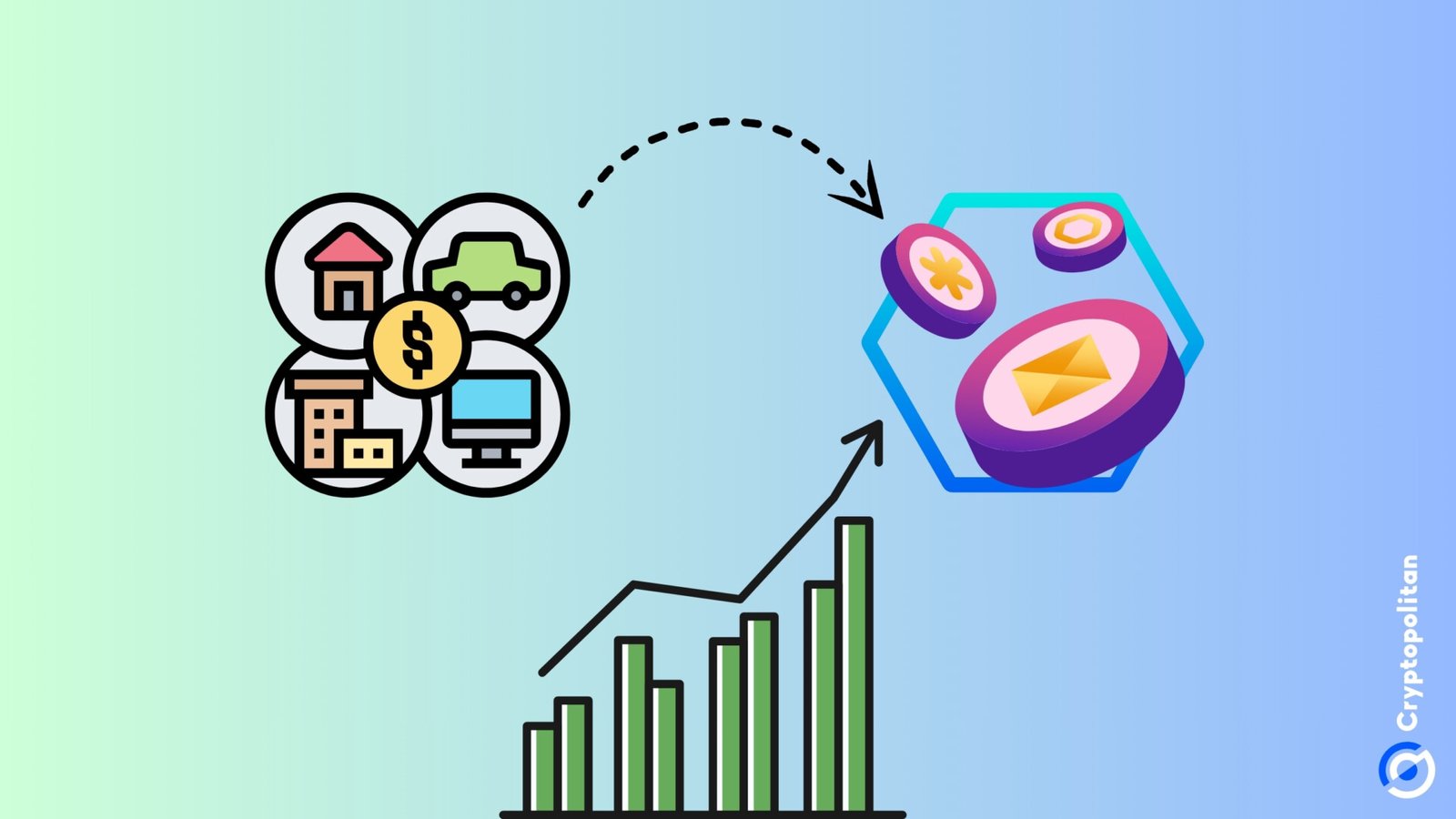Chainlink is projecting that the tokenized asset market will get as high as $16 trillion by 2030.
This comes as asset managers and wealth advisors keep getting increasingly pressured by clients to offer exposure to crypto.
But despite the demand, many traditional asset managers are struggling. They lack the knowledge to assess the security and risks tied to these assets, making it hard for them to incorporate digital investments into their portfolios.
A double-aged sword
Tokenized assets are digital representations of physical or traditional financial assets on a blockchain. They offer benefits like improved liquidity, better transparency, and more efficient risk management and compliance.
Though as promising as they sound, they bring a whole new level of complexity. Evaluating these assets is a headache, especially when considering the underlying technology and security risks.
This complexity has left many asset managers at a standstill.
The market for this is massive and includes virtually any financial instrument. Estimates suggest that 5-10% of all assets will be digital by 2030, with tokenized assets making up $10 to $16 trillion of that
Right now, tokenized assets on public blockchains are worth around $147 billion, with stablecoins dominating over 97% of this market.
A study by BNY Mellon and Celent showed that 97% of institutional investors believe tokenization will revolutionize asset management.
Larry Fink, CEO of BlackRock, described the approval of 11 spot Bitcoin ETFs as the first step in the financial market’s revolution, with the tokenization of every financial asset being the second.
Real-time settlement and global liquidity
Tokenized assets are being adopted across many industries. The World Economic Forum estimates that 10% of global GDP could be stored on blockchain by 2027.
Blockchains allow trades to be executed and settled simultaneously, enabling delivery versus payment (DvP) settlement, 24/7 trading, and instant access to global liquidity pools.
Smart contracts can automate transactions based on predefined conditions, reducing settlement times and operational friction.
Traditional finance operates on a T+2 settlement system, where trades take two days to settle. With blockchain, T+0 settlement is possible, drastically cutting down counterparty risk.
Sweden’s central bank is even experimenting with an e-krona that could provide real-time payment settlement.
Tokenization unlocks global liquidity and capital efficiency. By setting a universal standard for execution and settlement, blockchains can create instantly accessible global liquidity pools.
They can bring liquidity to assets that have traditionally been illiquid. Real estate, for instance, can be tokenized, allowing fractional ownership. This lowers the entry barrier and broadens the investor base.
Normally, splitting real estate into smaller, tradable portions is a nightmare. But tokenization makes it possible to buy and trade small fractions of assets at near-zero costs.
Composability is another benefit. With a common settlement layer on blockchains, tokenized assets can be integrated into a variety of on-chain smart contract-based financial services.
These include lending, borrowing, asset swaps, and staking. All these features can be programmed into on-chain applications, increasing capital efficiency and asset utility.
